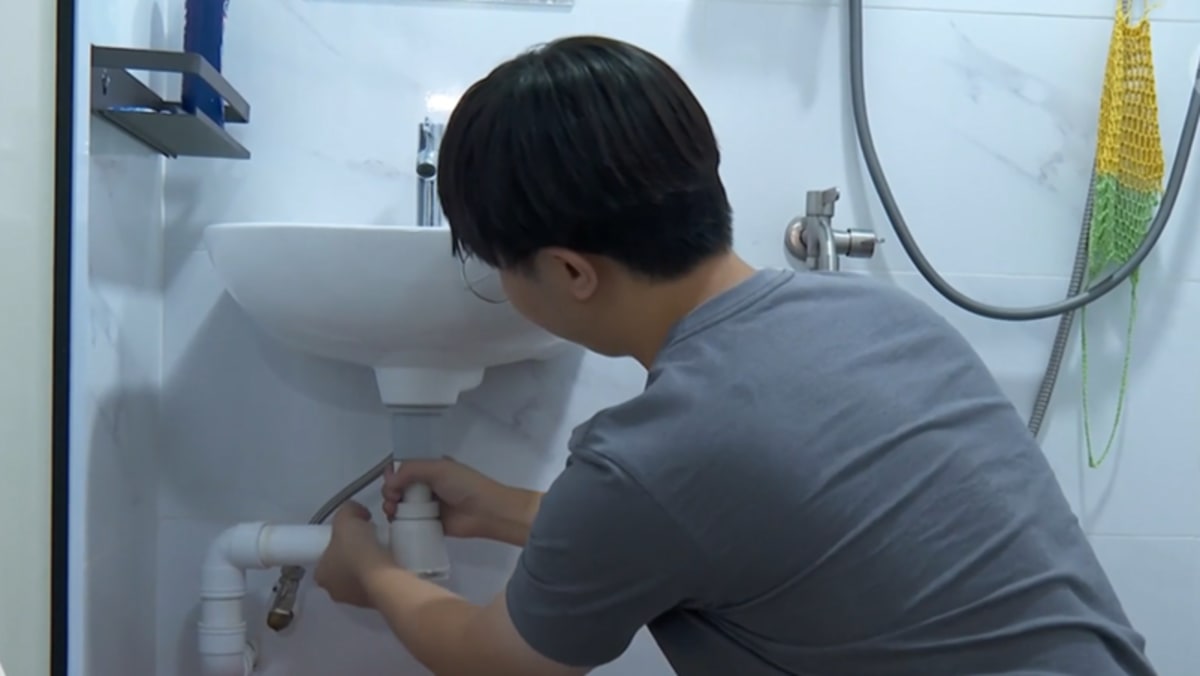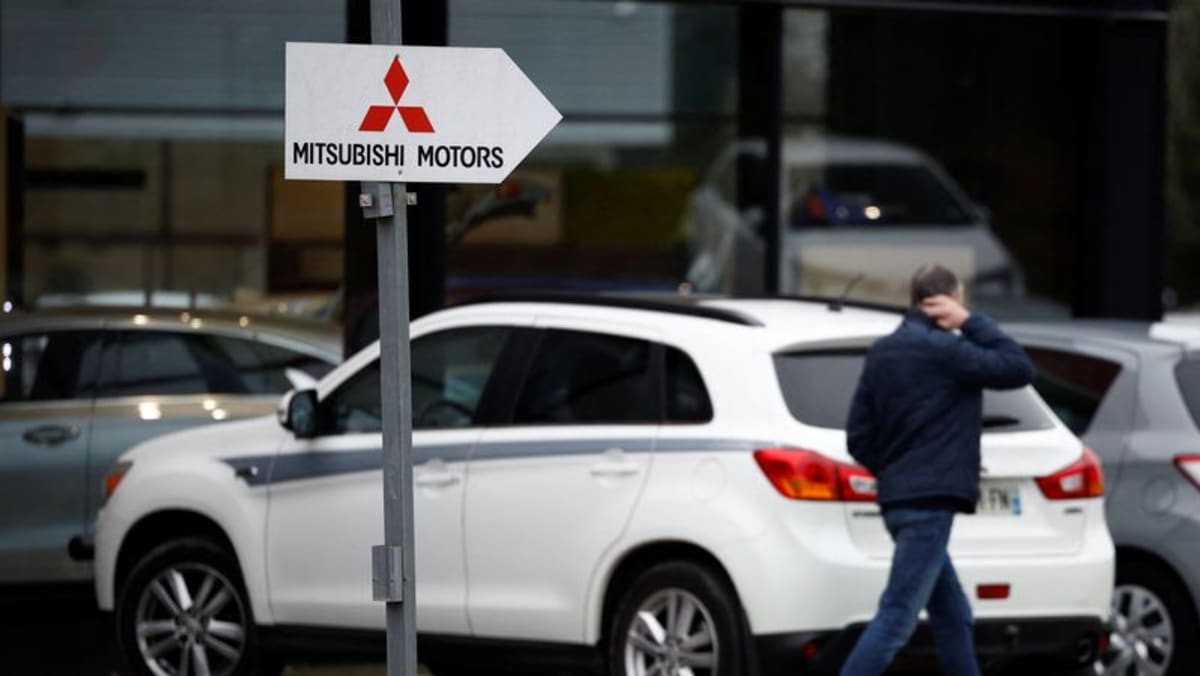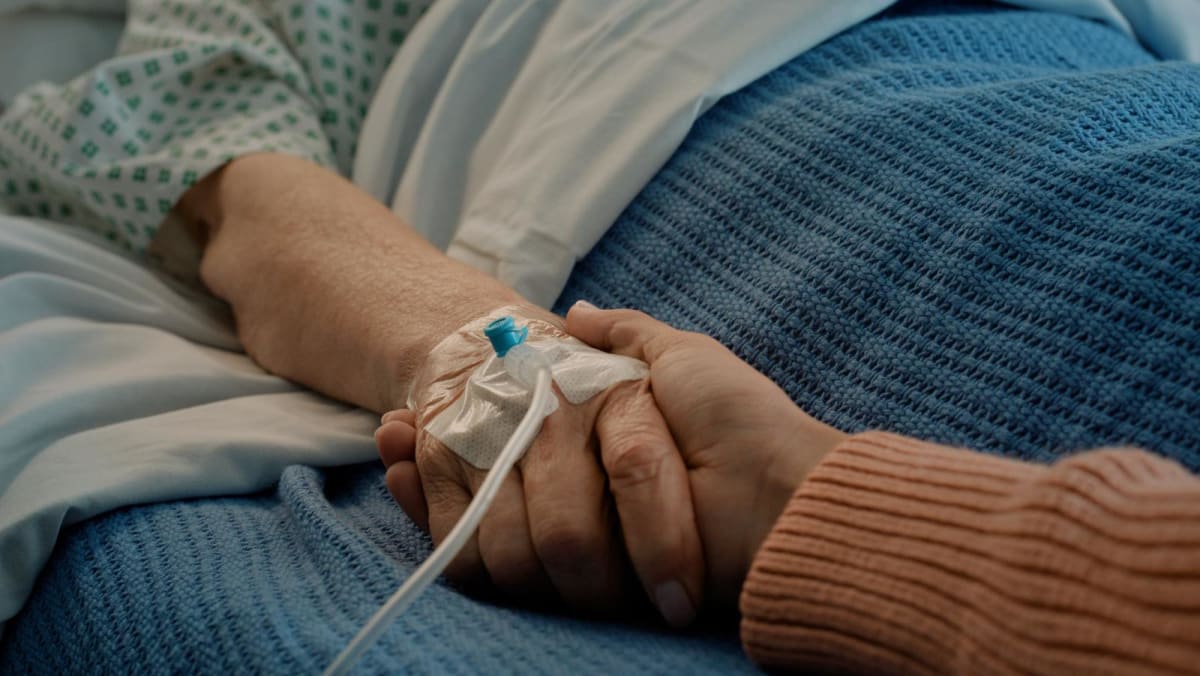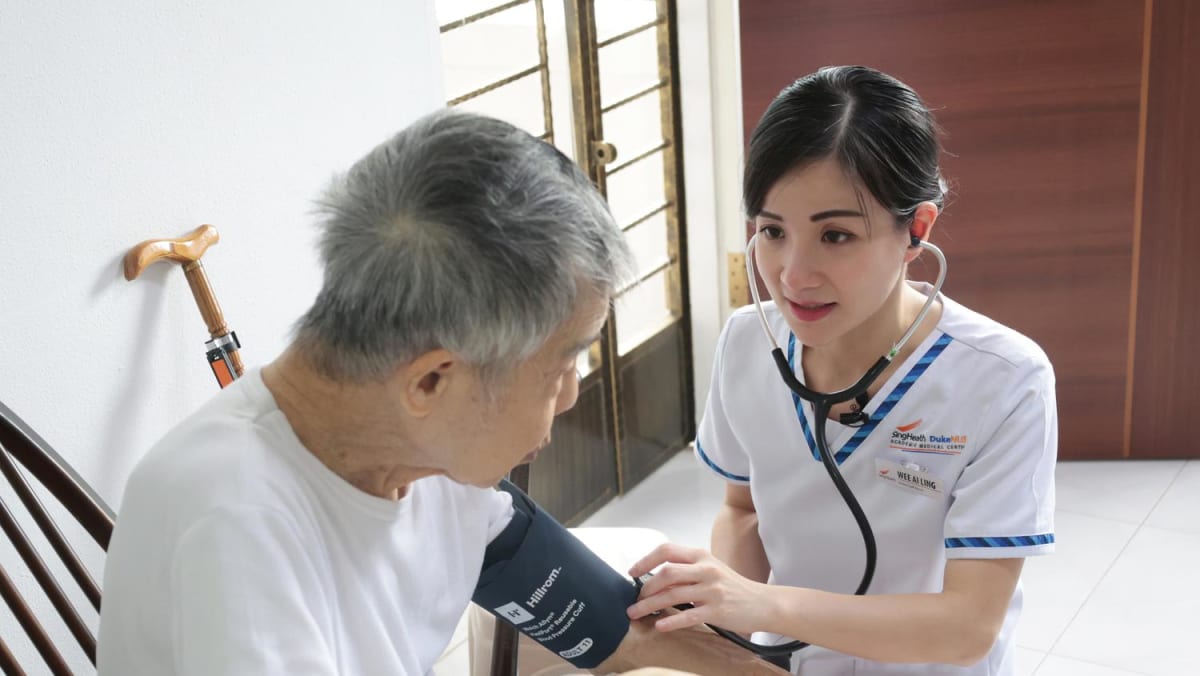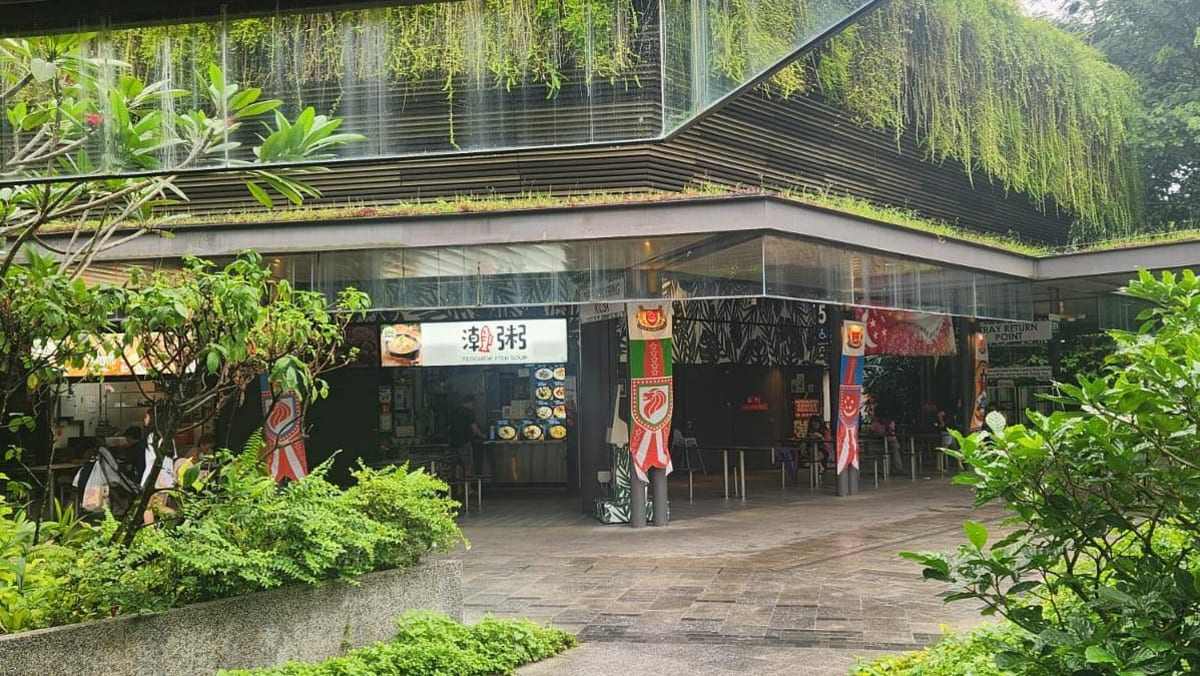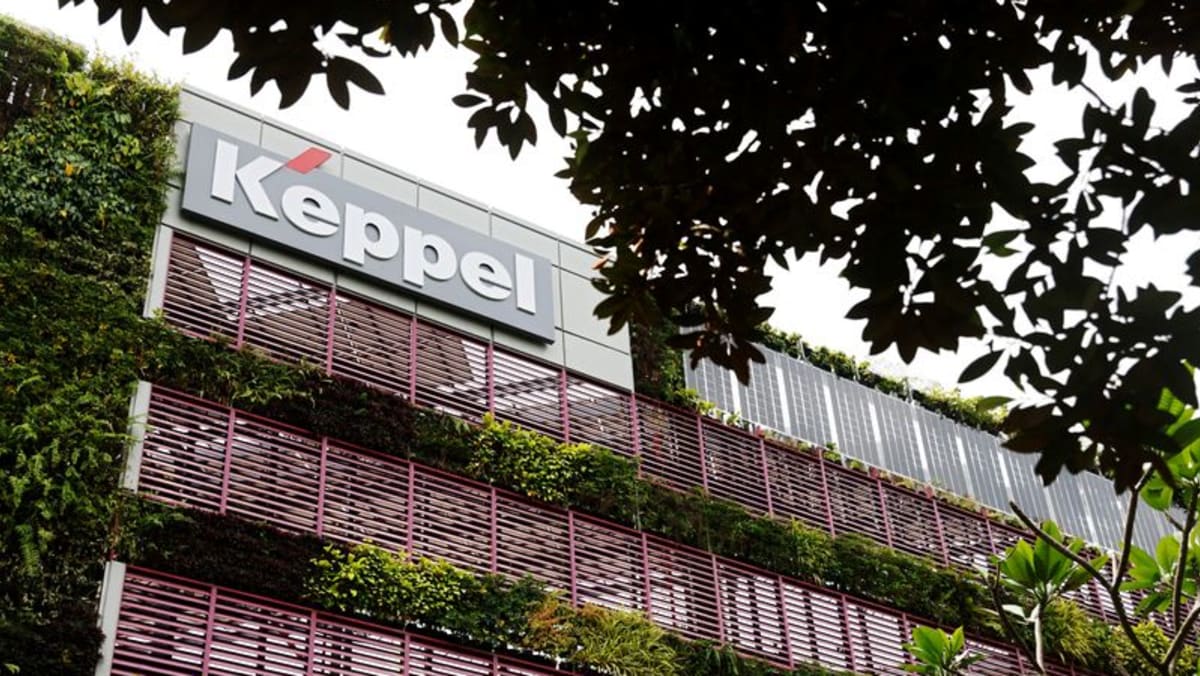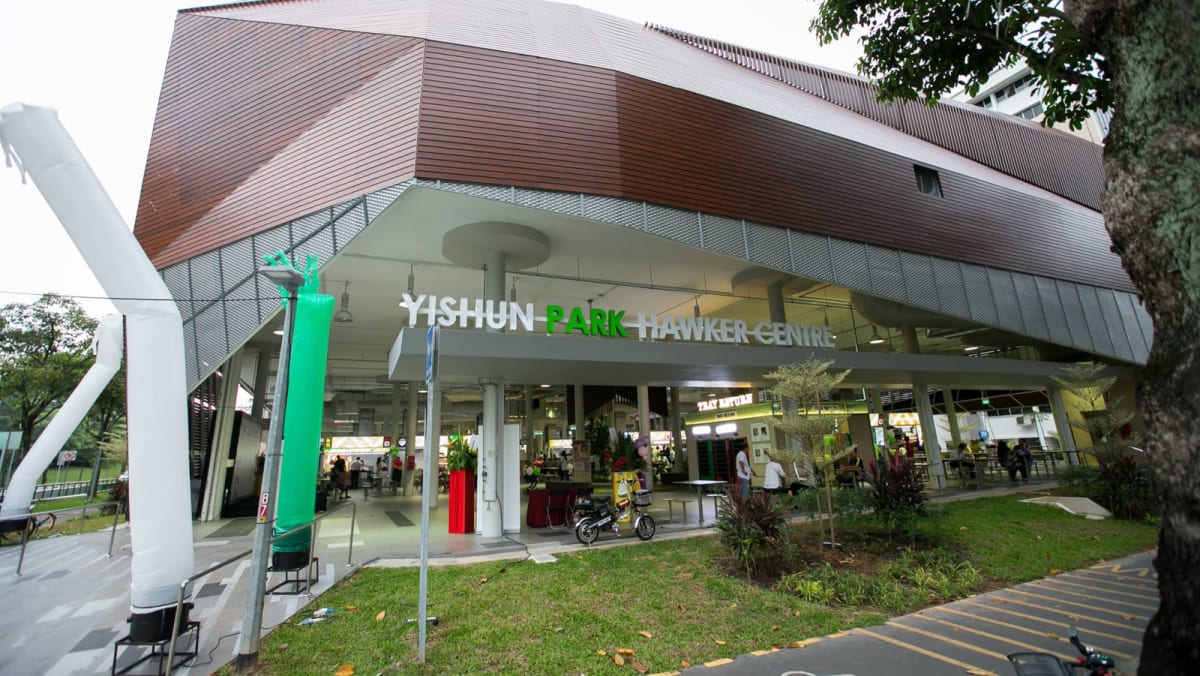“The government is committed to helping Singaporeans manage the upcoming premium increase, and will ensure that no one will lose coverage due to an inability to pay their premiums,” said MOH.
The enhanced payouts and premiums will apply from 2026 to 2030, and will be reviewed after that, the ministry noted.
The council noted that some Singaporeans may be concerned about increasing premiums, which is why it recommended additional support to cushion the impact, said Ms Wong.
REINSTATING UNDERWRITING FOR PRE-EXISTING DISABILITIES
At the recommendation of the CareShield Life Council, the government will also reinstate the scheme’s underwriting criteria, MOH said in the press release.
From CareShield Life’s launch, older individuals with mild and moderate disabilities could enrol in the scheme. This was a “time-limited measure” to enable more to benefit from the scheme, said MOH.
With sign-up rates for those born in 1979 and before dwindling since the grace period was extended in 2021, the council recommended reinstating the underwriting.
This means that from 2026, only individuals without pre-existing disabilities will be able to enrol in the scheme. Someone with a chronic condition like diabetes can still enrol in the scheme as long as they are not disabled.
As of June 2025, 1.93 million Singapore citizens and permanent residents aged 30 and above are covered under CareShield Life, with 535,000 covered under ElderShield, said MOH.
This means that about 8 in 10 Singapore citizens and permanent residents aged 30 and above are covered under CareShield Life or ElderShield.
Singapore’s annual national long-term care expenditure has almost doubled from S$1.7 billion to about S$3 billion in the last five years, MOH noted.
“This is as more seniors require long-term care, with an ageing population. Costs are also increasing, due to evolving care needs of the population and inflation, driven by manpower and technology costs. Some of these trends are structural in nature, and likely to persist in the future,” the ministry said.
Among those who develop severe disabilities, half would stay in that state for at least four to five years, while three in 10 could remain in that state for 10 years or more, said MOH.
When asked about calls to relax the criteria for claims from being unable to perform at least three daily living activities down to two, Ms Wong noted that CareShield Life is a not-for-profit scheme.
“We took into consideration the balancing between affordability and recognising that the scheme is pre-funded and only for a pre-limited amount of time, 37 years. But yet we pay out on the scheme for life. So we had to work around affordability for all Singaporeans as well as how fair it is when we look at having to pay out for life,” she added.
From the focus group discussions on possibly relaxing the criteria, there was a strong sentiment that the government should make sure that the scheme is affordable, said MOH, noting the “trade off” between affordability and the scheme’s features.
Individuals who can afford to do so can also enrol in private schemes with more coverage or a lower threshold, said MOH.
Those who are willing to pay more can assess those products, the ministry added.
